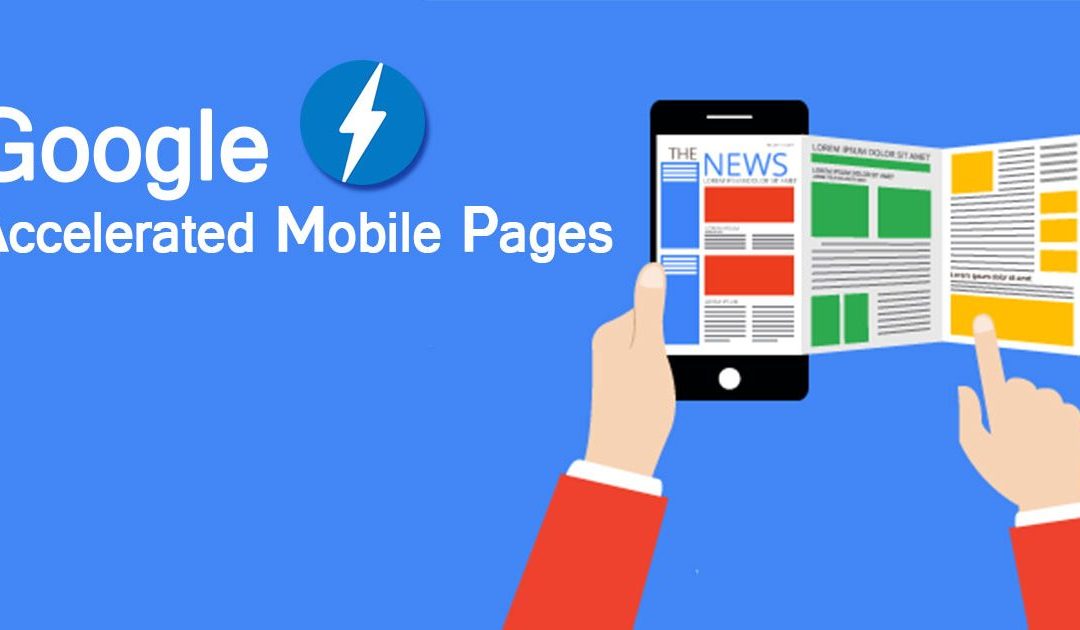Introduction
Out of 10 people that visit your website, 4 of them will lose interest and leave your page if it takes more than 3 seconds to open. Out of those 6 that visit your website, half of them may not convert. That means a slow web page reduces the likelihood of people buying from you. The problem gets even worse when you are trying to access a web page from a smartphone. The pages may take longer to load because the files may be too heavy for the phone’s browser. This is how Accelerated Mobile Pages or AMPs came into existence.
What is an AMP?
This is an open-source code that allows mobile developers to create fast-loading web pages so as to improve the mobile experience. The project was started back in 2016 by Google and Twitter. It is a marketing tool initiative that Google hopes will catch on. Pages that have been coded with AMP have an average loading time of half a second. AMP is compatible with mobile sites that have been created with Javascript and HTML.
The development and implementation of AMP by organizations has been met with a little bit of controversy. The code removes some files that may be relevant to the buyer because it has to make the page light. For example, most high-quality images occupy a lot of space. You will find AMP pages having fewer images to improve on the loading speed. However, there have been a few changes made to the open source code for 2024 that you should know about:
1. Embedding Forms
At the time of its launch, AMP would remove any file that slowed down the mobile web page’s speed. This included forms. However, the system has been improved, and it’s now possible to embed forms on those pages. Forms are important because they help you collect crucial customer information. The new updates allow you to create forms for interactive polls and e-mail capture. The client can easily enter their email address if they want to subscribe to your services.
2. Available to Everyone
When the AMP project was started, Google and Twitter focused solely on news publishers. The fast pages were created to make it easy for people to read news articles on their phones. Since pages are light, readers could easily read from one article to the next. However, Google has decided to make AMP available to everyone that has a website. It’s seen as a tool that can help to improve a company’s turnover and user experience across mobile platforms.
3. Displaying the Actual URL
In the past, whenever you clicked on the AMP link of a certain website, you were taken to another page with the Google URL as the main site’s address. This happened because Google cached the website to its servers so as to improve the loading speed. On top of the AMP loaded page, Google gave you the option to copy the actual link of the original website. However, earlier this year, Google said that it had worked on this. It is now possible to see the original site’s URL once you open the AMP version of the website.
4. More Interactive Experiences
When the AMP Project was starting out, developers were limited when it came to site customization. However, that has been improved thanks to third-party or 3P integrations. Independent developers can add customized components for users to utilize as they are designing their mobile sites. Google has also added more rich media content. Most of the additions are influenced by user experience and feedback.
Conclusion
If you want to improve your mobile site’s experience by using AMP, you should go ahead and do so because the fast pages can lead to an increase in the conversion rates. The above updates have also been made so as to improve both the user and developer experience. Since this project is only 3 years old, there are more updates on the way. This means that AMP will only get better; therefore, you have to take advantage of it while it’s still early so that you can reap maximum benefits.
About The Author
Rodney Warner heads the team at Connective Web Design and is also a musician, outdoor enthusiast, and ice cream connoisseur. You can find him on his company website or on Instagram.



